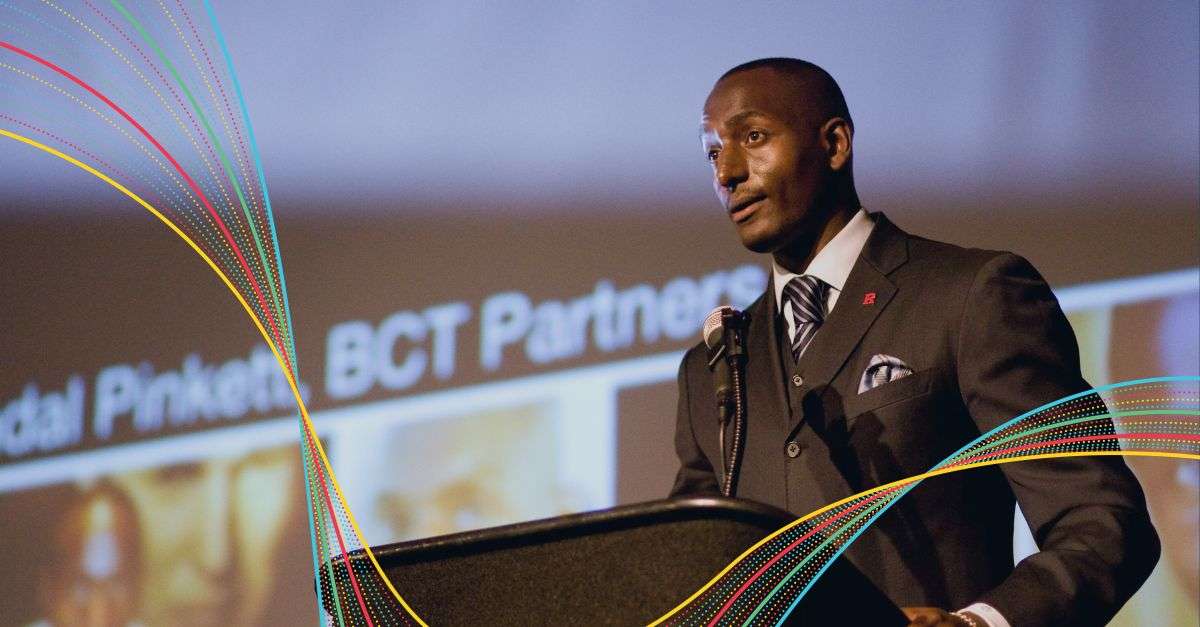Would it surprise you to learn that the more independence and self-determination someone has over their work, the more satisfied they are with their job?
Probably not. After all, it seems pretty obvious that the more say you have in terms of how you get your job done, the happier you’ll be in it. And the happier and more engaged you are in the work, the more productive you’re likely to be.
A new study conducted by researchers at the University of Birmingham Business School confirms the connection between work autonomy and job satisfaction. As one of the researchers, Dr. Daniel Wheatley, puts it, "Greater levels of control over work tasks and schedule have the potential to generate significant benefits for the employee, which was found to be evident in the levels of reported well-being."
But most roles aren’t designed to give people that kind of autonomy. In general, jobs are structured around specific tasks, and accountability is assigned so that the person’s performance can be measured and evaluated. This makes sense as far as it goes, particularly in jobs where collaborative, creative effort isn’t a priority (increasingly rare as that is), but even in narrow functional roles, one size doesn’t fit all. Sure, you can go with a “force fit” approach that says, “it’s this way or no way.” But you might just lose some talented, hard-working people in the process.
The Hidden Clues in Thinking Styles
In an ideal world, employees would take the initiative to tell you when a different process or approach would be more productive for them. But many employees don’t feel empowered to do so—and some may not even be consciously aware that their productivity or performance problems are rooted in the way job processes or specific tasks are designed.
So how are you supposed to know?
Well, most work, even physical labor, is largely mental, so it stands to reason that we’ll be most productive when we’re doing work that matches the way we prefer to think. Plenty of employee assessments look at personality and behavioral issues, but a thinking style assessment provides a window into the way a person is likely to want to tackle their work—and also what kinds of processes and tools will be mentally draining.
It’s not that they can’t use those tools. Sometimes there truly is no choice. Not only that, every job has some degree of stretch in it, and stretch is often critical for growth and development. But knowing there’s a mismatch between the employee’s thinking styles and some mental aspects of the job is important. It allows both you and the employee to think about how to prepare differently or adapt as needed to manage those aspects of the work.
Six Steps for Using Thinking Styles to Improve Job Design
To increase both productivity and job satisfaction, use the following steps to identify and address potential misalignment issues:
- Make sure employees understand how their thinking styles relate to their productivity, effectiveness and job satisfaction. A validated employee assessment, such as the HBDI, is the best way to identify both their preferences and areas of avoidance or “blind spots.”
- Make sure you understand how their thinking styles align (or don’t) with the mental aspects of the work. Work elements and tasks have their own thinking style profiles that can be compared against the employee assessment results to pinpoint mismatches and areas of stretch.
- Reassess when the job’s requirements change or new duties are assigned. As business needs evolve over time, we often add on new responsibilities without considering whether they will change the thinking style profile of the job. Be careful about casually piling on duties that could throw off the balance.
- Take advantage of your employees’ insights into how the job can best be accomplished. They’re the ones closest to it, so be proactive in soliciting their input. They just might surprise you with great solutions or alternatives you never would have even thought of.
- Cooperate with employees’ efforts to adjust their job tasks (consistent, of course, with getting the job done). This is one of the key ways you can help unleash inner motivation and keep talented people engaged.
- Consider whether a performance or morale issue is rooted in a mental mismatch. When that’s the case, you and the employee may be able to collaborate on some easy adjustments, whether that means changing how the job gets done or, when the stretch is necessary for the employee’s growth and development, providing training, support and tools to manage the responsibility, not be drained by it.
Keep in mind, the goal isn’t to create some kind of idealized, sweet-spot job that never requires the person to venture outside their comfort zones. The reality is that all of us work outside our thinking style preferences to some extent every day, and the more we need to learn and grow, the more we’ll need to stretch.
What this is about is creating the best conditions possible for an employee to do their best thinking and their best work. It’s a responsibility shared by both the manager and the employee...and in many cases, the employee knows best.













